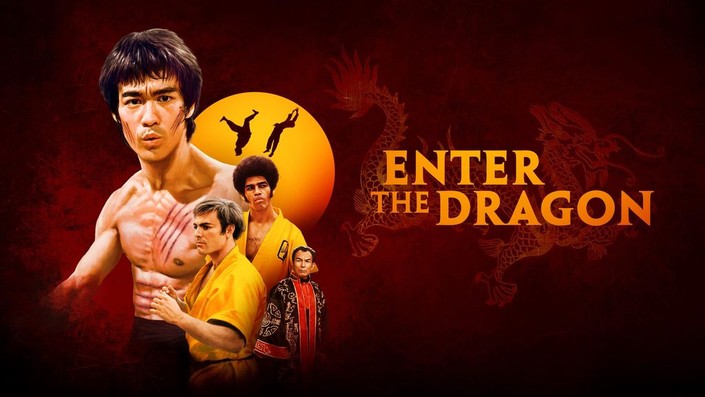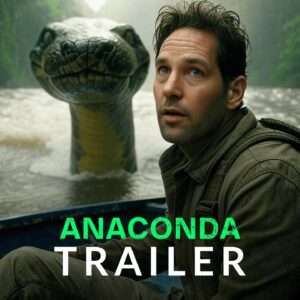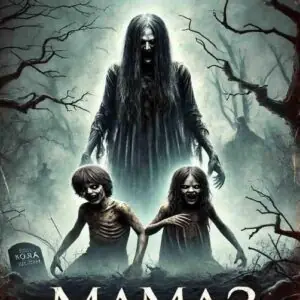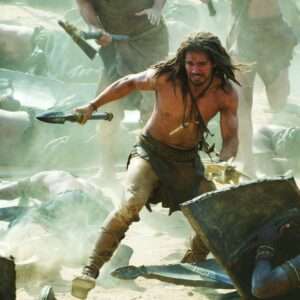In-Depth Enter the Dragon (1973) Film Review: A Martial Arts Classic
Enter the Dragon (1973) remains one of the most iconic martial arts movies in cinematic history. This film review dissects the film’s groundbreaking choreography, compelling narrative, and the magnetic presence of Bruce Lee, whose legacy continues to influence action films around the world. In this review, we explore the essential elements that make Enter the Dragon a timeless classic for both longtime fans and new viewers.

Plot and Themes
At its core, Enter the Dragon (1973) is a story of honor, revenge, and the pursuit of justice. The film follows a highly skilled martial artist, Bruce Lee, as he infiltrates a dangerous tournament to expose a criminal mastermind. With themes of discipline, courage, and self-discovery, the movie transcends the typical action genre by delving into deeper philosophical questions about the nature of power and legacy. This film analysis highlights how the narrative layers complement the fast-paced, dynamic fight sequences that have become synonymous with Bruce Lee’s cinematic impact.
Direction, Choreography, and Cinematography
The visionary direction of Enter the Dragon set a new standard for action choreography in film. Every fight scene is meticulously crafted, blending traditional martial arts techniques with innovative cinematic techniques that emphasize fluid movement and raw energy. The use of close-up shots and dramatic angles adds intensity, making each confrontation feel both personal and monumental. This film review praises the director’s ability to combine artistic storytelling with technical precision, a balance that has solidified Enter the Dragon as a benchmark in martial arts cinema.
Performances and Impact
Bruce Lee’s performance in Enter the Dragon (1973) is nothing short of legendary. His charisma and mastery of martial arts bring authenticity and heart to the film, captivating audiences around the globe. The supporting cast, including notable actors from the era, complements Lee’s energy and helps create a vivid, immersive world. The film’s success not only cemented Bruce Lee’s status as an international superstar but also influenced generations of filmmakers and martial artists, making it a pivotal entry in action film history.

Visual and Audio Elements
The visual style of Enter the Dragon (1973) is both gritty and elegant, with a distinctive use of lighting and shadow that enhances the dramatic fight sequences. The soundtrack plays a crucial role in building tension, with pulsating rhythms that mirror the intensity of the combat scenes. Together, these visual and audio effects contribute to an unforgettable cinematic experience that continues to set the standard for action movies today.
Overall Impression
Enter the Dragon (1973) is more than just a martial arts movie; it is a cultural phenomenon that broke barriers and redefined a genre. Its blend of high-stakes action, philosophical depth, and iconic performances makes it a must-watch film for anyone interested in the evolution of action cinema. Whether you are a longtime fan of Bruce Lee or discovering his work for the first time, this film remains an essential part of cinematic history.





